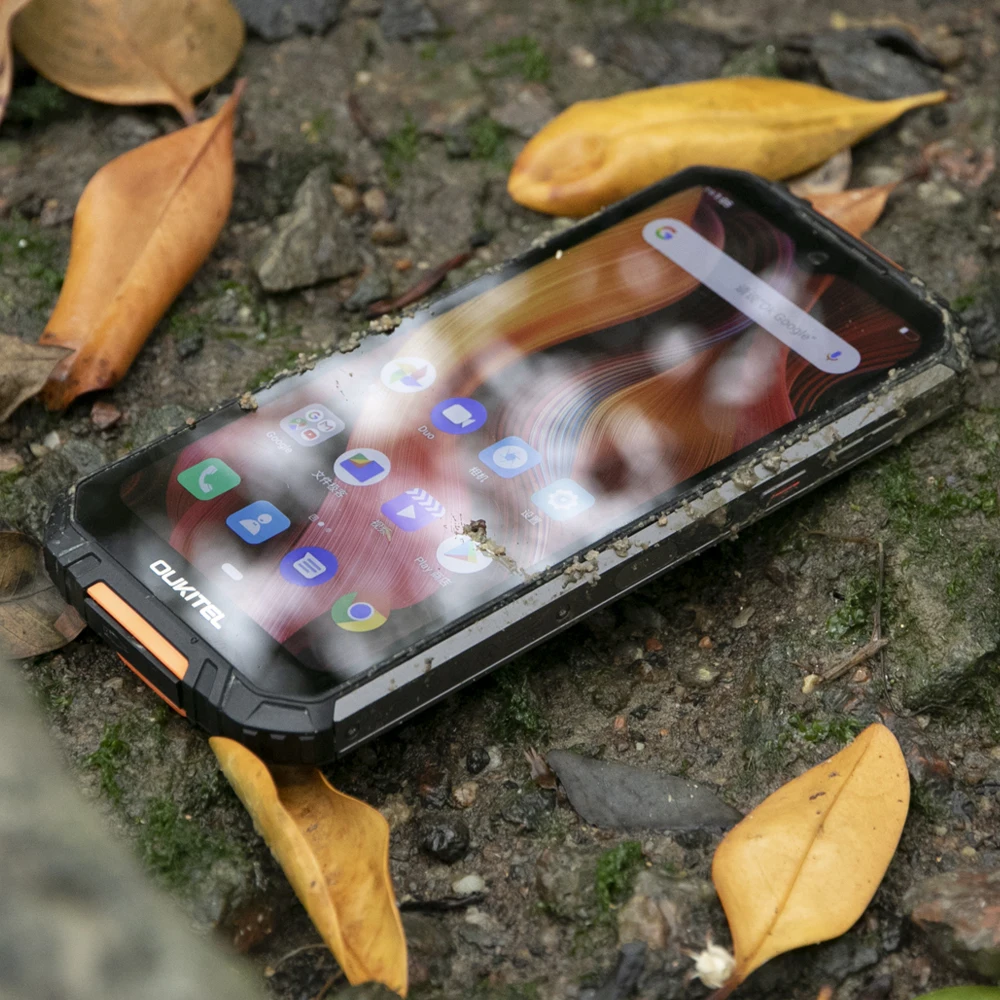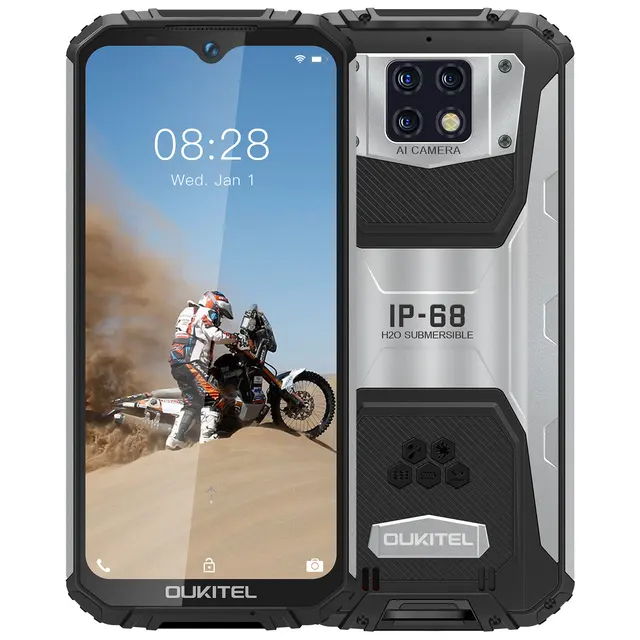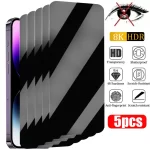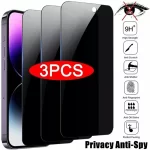In today’s smartphone-driven world, our devices are essentially extensions of ourselves. They store our memories, keep us connected, and have a plethora of applications that assist our daily lives. Therefore, having a cracked screen can be disheartening and raise questions about repair, protection, and overall functionality. One question frequently arises: Can you put a screen protector on a cracked screen? This article dives into this topic, examining the implications, potential solutions, and various considerations.
Understanding Screen Damage
Before diving into the specifics of screen protectors and cracked screens, it’s vital to identify what constitutes a “cracked screen.” A cracked screen can range from minor scratches and hairline fractures to more extensive damage that compromises the display’s functionality. Various factors contribute to screen damage, including drops, impacts, and normal wear and tear from daily use. Each type of crack presents its own challenges and considerations.
In light of the smartphone’s importance in daily activities, understanding the implications of these damages becomes crucial. Minor cosmetic cracks may not significantly affect usability but can weaken the structural integrity of the device. More extensive cracks or damage can create blind spots or even prevent the phone from responding to touch inputs. Moreover, they might facilitate moisture and dust intrusion, leading to further complications. This is where the consideration of applying a screen protector becomes pertinent.

Can You Use a Screen Protector?
The short answer is yes; you can use a screen protector on a cracked screen. However, the effectiveness and outcomes largely depend on the extent and location of the damage. If the cracks are minimal and the screen is primarily functional, a screen protector can offer a layer of protection against potential damages. It can help prevent further cracking and serve as a barrier against scratches and dust.
However, if the screen is heavily cracked or compromised, applying a screen protector might not contribute significantly to its longevity. In some cases, it can even exacerbate the situation by placing additional pressure on already weakened areas of the glass. Furthermore, a damaged screen may already have issues with touch sensitivity, and a protector may further hinder this. Therefore, while it is technically feasible to apply a screen protector on a cracked screen, the effectiveness largely depends on the specific damage and the quality of the protector itself.
Types of Screen Protectors Available
Screen protectors come in various forms, each designed for different purposes and levels of protection. Understanding these options can help make an informed decision. The two most common types are tempered glass protectors and plastic film protectors, each with its pros and cons.
Tempered glass protectors are favored for their durability and ease of installation. They offer superior protection against scratches and impact damage, making them a popular choice for covering cracks. In cases where the screen has minor fractures, the hardened glass can create a smoother surface for touch interactions and may even prevent the cracks from spreading. However, fitting a tempered glass protector over a well-cracked screen can be tricky, as it might not adhere correctly or create a gap where the cracks are.
On the other hand, plastic film protectors tend to be thinner and more flexible. They are easier to apply and can conform to irregular surfaces, making them less susceptible to air bubbles. However, they offer less protection against significant impacts compared to tempered glass. In situations where a screen is cracked but still usable, a plastic film might provide basic protection without complicating the device’s touch response. However, be aware that while these films can cover scratches, they won’t necessarily reinforce a compromised screen.

Risks of Applying a Screen Protector on a Cracked Screen
While applying a screen protector on a cracked screen can offer some advantages, it does come with its own set of risks. One of the most pressing concerns is the dislodgment of glass shards. If the cracks are significant, applying a protector may exacerbate the situation by pressing the glass and causing it to splinter further. Over time, this could result in more cracks or worse, create sharp edges that pose a risk to the user.
Moreover, a screen protector might create an uneven surface, complicating touch interactions. Any pressure applied to the protector could distribute unevenly across the damaged screen, leading to unpredictable touch responses. This situation can further contribute to user frustration, particularly if you rely on the device for daily tasks. Additionally, applying a screen protector might also reduce the effectiveness of the touchscreen entirely, particularly if the screen is already showing signs of malfunction.
Lastly, there’s also the concern regarding warranty and repair options. Many manufacturers and repair services may view applying a screen protector over a damaged screen as “masking” the problem instead of resolving it. In some instances, this could potentially void a warranty or complicate repairs, leading to further complications down the line. Consequently, understanding the risks before taking this route can help mitigate further headaches.
Professional Repair vs. DIY Solutions
When faced with a cracked screen, the choice between professional repair services and DIY solutions becomes crucial. Ideally, a professional repair may provide the most reliable solution, effectively restoring functionality and aesthetics. Replacing a cracked screen via an authorized service can rejuvenate a device and ensure that parts are compatible. These services often come with warranties, offering peace of mind should issues arise post-repair.
While it might seem enticing to take the DIY route, it comes with several caveats. Operating on your device could require specific tools, knowledge of smartphone repairs, and a willingness to take risks. Since modern smartphones are designed with complex components, an improper repair can lead to additional damage. For instance, trying to replace a screen without adequate experience might loosen cables or cause internal parts to malfunction, leaving the device in a worse condition.
Another factor to consider is cost. Professional repairs can be expensive, but they often yield high-quality results that last. On the other hand, DIY solutions might save money in the short term but carry risks of future expenses if things do not go as planned. It’s essential to weigh these factors carefully before making a choice. A cracked screen may seem like a small issue, but untreated, it can lead to cascading problems that escalate in complexity and cost.

Preventive Measures for Future Screen Protection
Once you’ve made a decision regarding your cracked screen, it’s essential to think about preventive measures for the future. Some proactive steps can be taken to ensure the longevity of your device’s screen. One of the most effective steps is to invest in a high-quality screen protector from the outset. By doing so, you can significantly reduce the risk of scratches and cracks, especially during daily usage.
Additionally, using a durable case can offer further protection against accidental drops. Soft or thin cases may not provide adequate cushioning, so opting for rugged or shock-absorbing models is wise. This can work synergistically with a screen protector to create a multi-layer defense against potential damage.
Another preventive measure is to develop a more mindful interaction with the device. Simple habits like keeping it away from sharp objects, avoiding excessive pressure on the screen, and refusing to use it in precarious situations can significantly reduce the risk of cracks. Moreover, maintaining the device’s overall condition by ensuring it stays clean and dry can further prevent long-term damage to the screen and internal components.
Conclusion
In conclusion, while it is possible to put a screen protector on a cracked screen, the decision should be made after careful consideration of the extent of the damage, the type of protector, and the potential risks involved. Weighing the pros and cons can assist in making the most informed choice for your device’s longevity and functionality.
For minor cracks, a screen protector can offer an additional layer of protection, whereas more substantial damage may warrant a consultation with a professional repair service. Effective preventive measures can help mitigate future risks and prolong the life of your device. Ultimately, whether you opt for a screen protector, a repair, or a preventive strategy, understanding your options will encourage healthier interactions with your smartphone thus enhancing convenience in your daily life.


